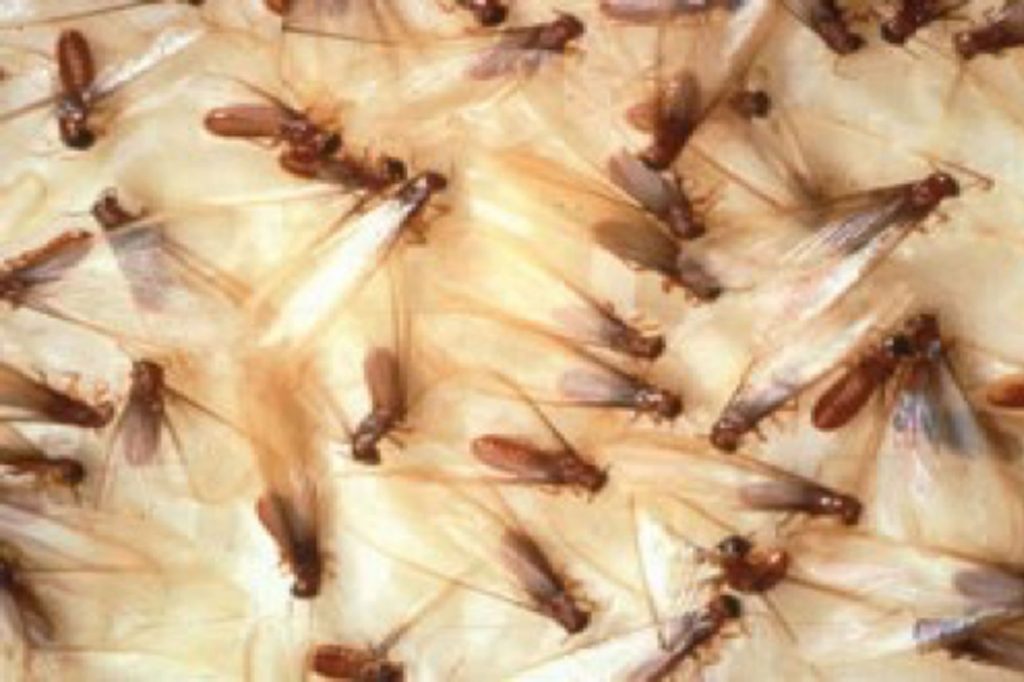Tampa is known for its warm temperatures and humid climate, which unfortunately makes it an ideal environment for termites. Termites can cause significant damage to homes and structures if left unchecked. This article will discuss the different ways to protect your home from a termite infestation in the Tampa area.
Types of Termites
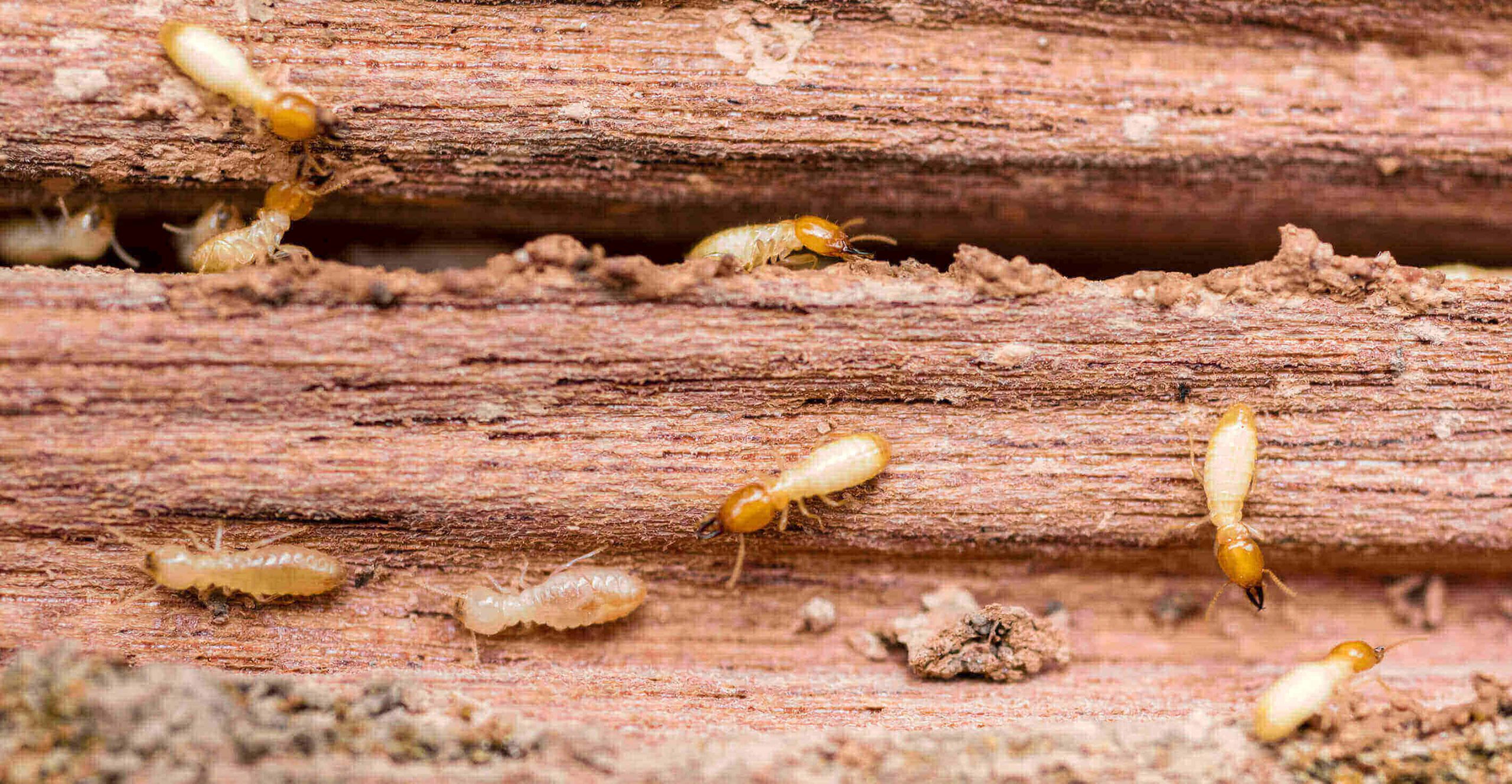
Termites are divided into three main groups – Subterranean, Drywood, and Formosan. Subterranean termites are the most common and most destructive type of termite in Tampa, and they live in underground colonies. They build mud tunnels through which they travel from the soil to the wood they feed on. Drywood termites live in dry wood, such as furniture and walls, and require no contact with the soil or water. Formosan termites are an invasive species and are the most aggressive type of termite. They can cause extensive damage in a short amount of time, and their colonies can contain millions of termites.
Signs of Termites in Tampa
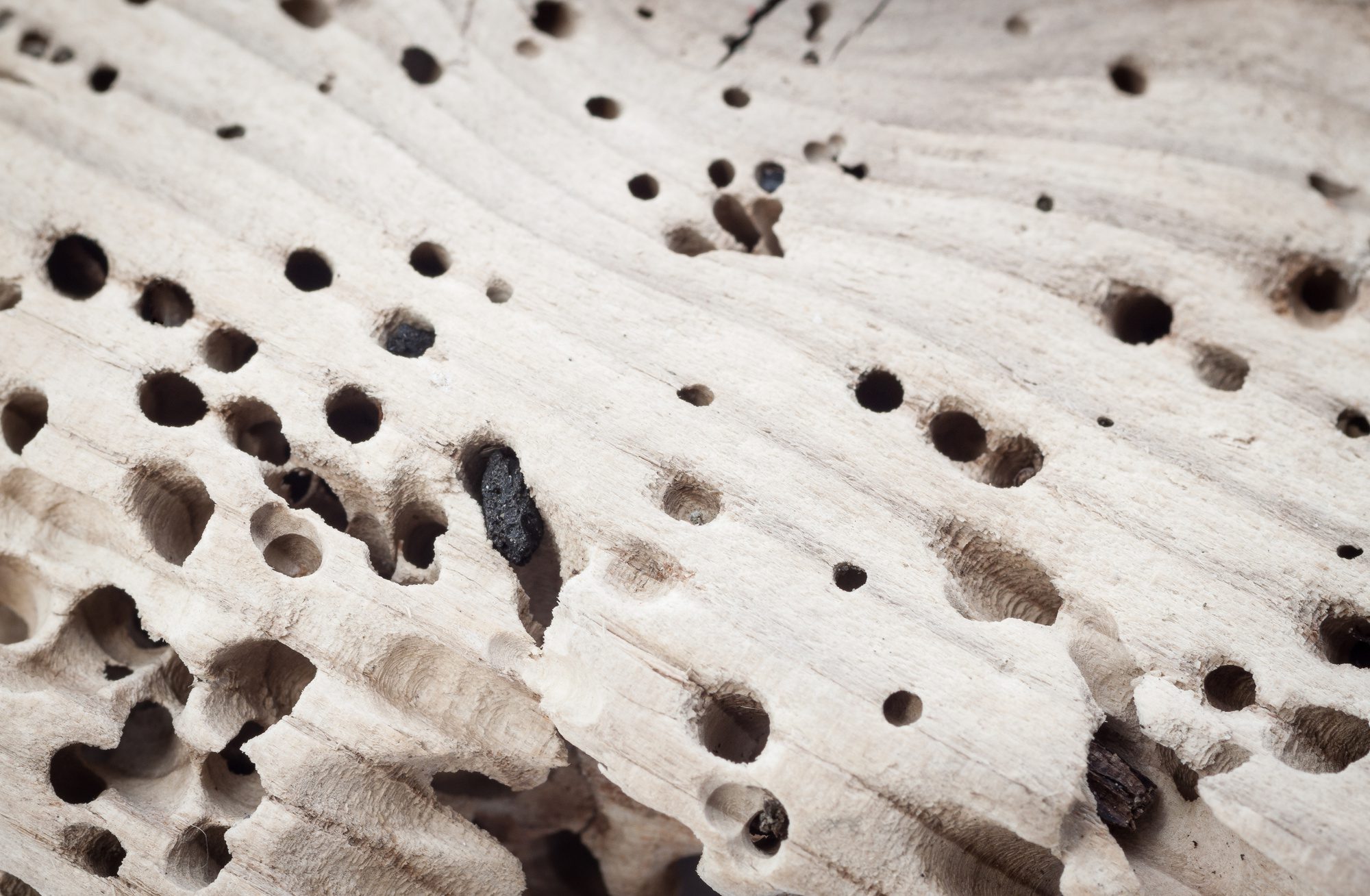
| Sign | Description |
|---|---|
| Mud Tubes | Termites travel between the soil and their food source through mud tubes. These tubes can often be seen on the outside of buildings or other structures. |
| Wood Damage | As termites feed on wood, they can cause structural damage to houses and other buildings. This damage can include buckling floors, sagging roofs, and warped doors. |
| Swarmers | Termite swarmers are winged, reproductive termites that are often seen near windows, doors, and lights. They are usually the first sign of an infestation. |
| Discarded Wings | Once the swarmers have mated, they discard their wings. These left-behind wings are an indication of a termite infestation. |
Causes of Termites in Tampa
Termites are attracted to Tampa due to its warm climate and wide range of vegetation. The humid and hot climate of Tampa provides the perfect environment for termites to survive and thrive. Moisture is also a big factor in the infestation of termites in Tampa as it provides the food and shelter that termites need to survive and reproduce. The high amount of soil moisture in the area makes it a prime target for termite colonization. Another factor that contributes to termite infestations in Tampa is the abundance of wood and cellulose-based materials such as cardboard, paper, and wood. Termites are highly attracted to these materials and can quickly damage them if left untreated. Finally, improper disposal of organic materials such as food waste, leaves, and mulch can also attract termites to the area and increase the risk of infestation.
Identifying Termites in Tampa
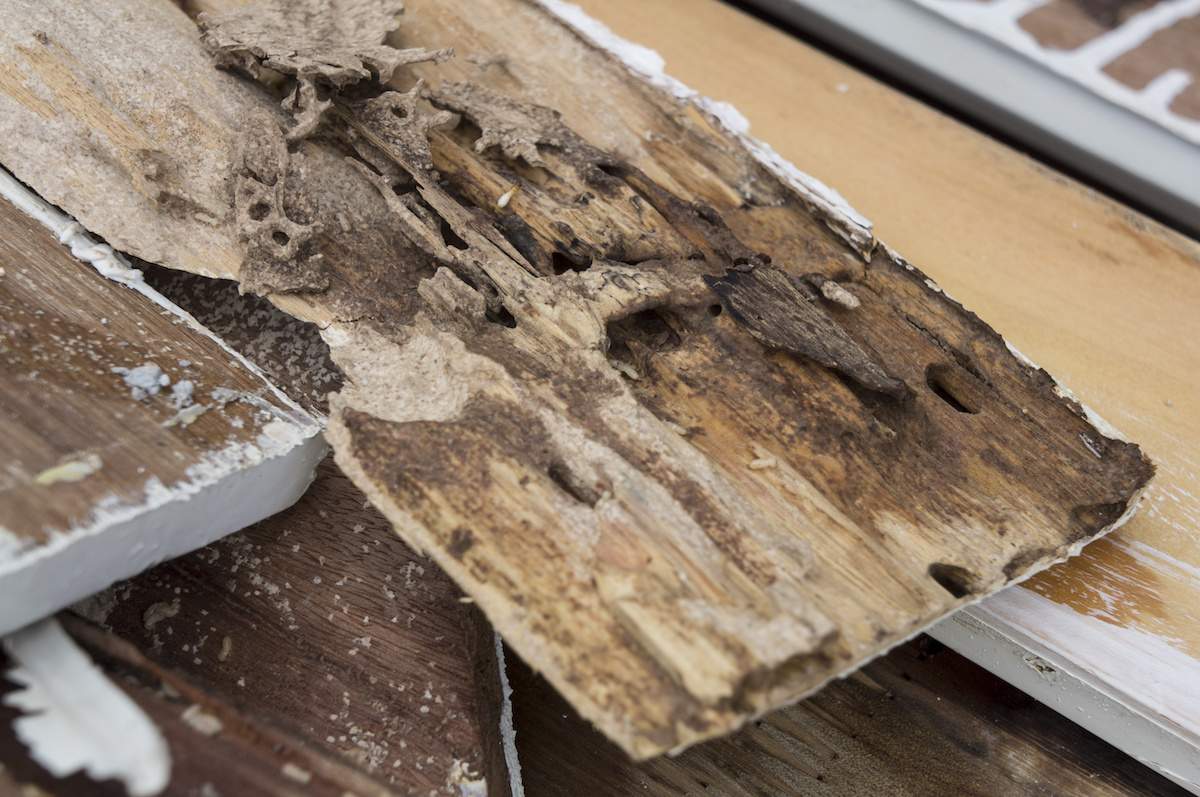
- Look for mud tubes or tunnels. These are made of soil and saliva, and they connect the nest to the food source. They are typically found around the foundation or baseboards of a building.
- Check for wood damage. Termites eat wood, and they often leave small trails or grooves in the wood they feed on.
- Look for discarded wings. Termites shed their wings after they swarm. These wings may be found near windows, doors, or other areas where termites have been active.
- Check for live termites. If you see live termites or their carcasses, this is a sign that there is an infestation.
Treatment of Termites in Tampa
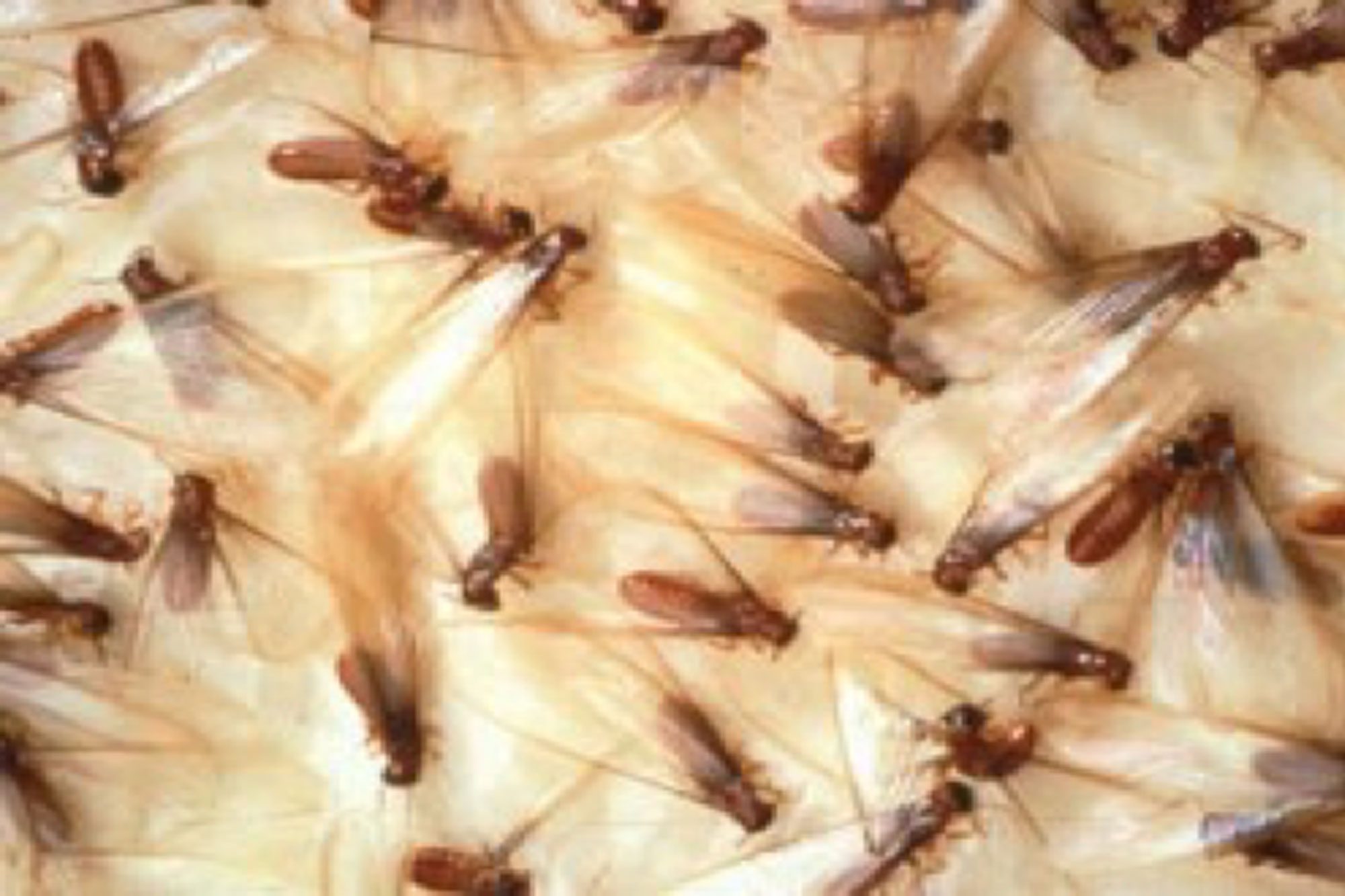
Tampa homeowners are very familiar with the devastating effects that termites can have on their property. The best way to prevent termite damage is to act early and treat your home for termites before an infestation takes hold. There are two main types of treatment for termites in Tampa: chemical and non-chemical.
Chemical treatments involve applying a pesticide to the soil around and underneath the foundation of the home. This is the most common and effective way to kill termites and prevent them from coming back. The pesticide is injected into the soil and the termites are killed as they come in contact with it. These treatments usually last for several years, but they must be re-applied periodically.
Non-chemical treatments involve using physical barriers such as metal sheets or plastic barriers to keep termites out of the home. This is an effective way to prevent termites from entering the home but it can be costly and may not be as effective as chemical treatments in some cases.
When it comes to treating termites in Tampa, it is important to remember that the best way to prevent termite damage is to act early. If you suspect that you have a termite problem, contact a pest control professional immediately to discuss the best treatment options for your home.
Prevention of Termites in Tampa
To prevent termites in Tampa, it is important to understand what attracts them in the first place. Termites typically feed on wood, mulch, and other cellulose-based materials. To prevent an infestation, homeowners should remove any sources of wood near the home, such as wood piles, firewood, and stumps. Additionally, if any trees or shrubs are near the home, these should be trimmed so that the branches don’t touch the home.
It is also important to ensure the home is properly ventilated, as excessive moisture can attract termites. Exterior vents should be checked for any blockages, and any leaks or cracks in the home should be sealed. Furthermore, gutters should be checked and kept free of debris.
Another important step to prevent termites is to maintain the landscaping around the home. Mulch should not be placed directly against the home, as this can provide a food source for termites. Additionally, it is important to keep the soil around the home dry and free of debris.
Finally, it is important to have regular termite inspections. A professional pest control company can inspect the home and provide advice on how to best prevent termites. If termites are found, they can provide the necessary treatments to eliminate the infestation.
Cost of Treating Termites in Tampa
- Average inspection cost: $150
- Average one-time treatment cost: $500-$2000
- Average annual treatment cost: $400-$1000
- Average termite damage repair cost: $2000-$4000
- Average cost of preventative treatments: $200-$400 per year
Treating termites in Tampa can be costly, depending on the size of the infestation and the severity of the damage. An average inspection cost is usually around $150, while the average one-time treatment cost can range from $500-$2000. For an annual treatment, the cost can range from $400-$1000. If there is any damage to the structure, the cost of repairs can range from $2000-$4000. To prevent future infestations, a yearly preventative treatment can cost between $200-$400.
Frequently Asked Questions
How Common are Termites in Tampa?
Termites are a common pest in Tampa, Florida and can be found in both homes and businesses. The subtropical climate found in Tampa is an ideal environment for termites to thrive, and the city is home to several species of termites. Subterranean and Formosan termites are among the most common species found in the area, and they can cause significant damage to homes and businesses if left unchecked. Property owners in Tampa should be vigilant in checking for signs of termite activity and contacting a pest control professional if they suspect a termite infestation.
What are the most effective ways to protect my home from termite infestation in Tampa?
The most effective ways to protect your home from termite infestation in Tampa include ensuring that all areas of your home are well-ventilated, sealing foundation and exterior cracks, and removing sources of moisture build-up such as standing water, leaks and condensation. Additionally, removing wood debris and food sources from around your home, such as mulch and compost, can help to prevent an infestation. It is also important to regularly inspect your home for signs of termite activity. If an infestation is detected, it is best to contact a professional pest control company for assistance.
Are there any signs of termite infestation I should look out for in Tampa?
Termite infestations can be difficult to detect, however, some common signs of a termite infestation in Tampa include droppings resembling sawdust or tiny piles of wings, hollow-sounding wood, mud tubes on walls, cracked or bubbling paint, and small holes in wood surfaces.
What types of termites are most commonly found in Tampa?
The most common type of termite found in Tampa and the surrounding area is the Eastern Subterranean Termite. This species of termite primarily feeds on wood and wood-based materials, and is the most destructive type of termite in the United States. Other types of termites found in the area include the Formosan Subterranean Termite, Drywood Termite, and Dampwood Termite. All of these species have the potential to cause significant damage to structures if left unchecked.
Are there any preventative measures I can take to protect my home from termite infestation in Tampa?
In Tampa, termite infestations are a serious issue. To protect your home from potential infestations, it is important to take preventative measures to reduce the chances of an infestation occurring. Some steps you can take include sealing cracks and crevices in your home’s foundation, keeping wood piles away from the house, removing sources of moisture near the house, and regularly inspecting your home for signs of termite activity. Additionally, you may want to consider getting a termite inspection from a professional pest control company. Taking these steps can help ensure your home is protected from termite infestations.
Conclusion
The best way to protect your home from Tampa termite infestation is to conduct a thorough inspection and make sure the home is properly sealed. Regular maintenance and repair of any damages is also important. If you suspect an infestation, contact a professional pest control company to help you identify and treat the problem.

